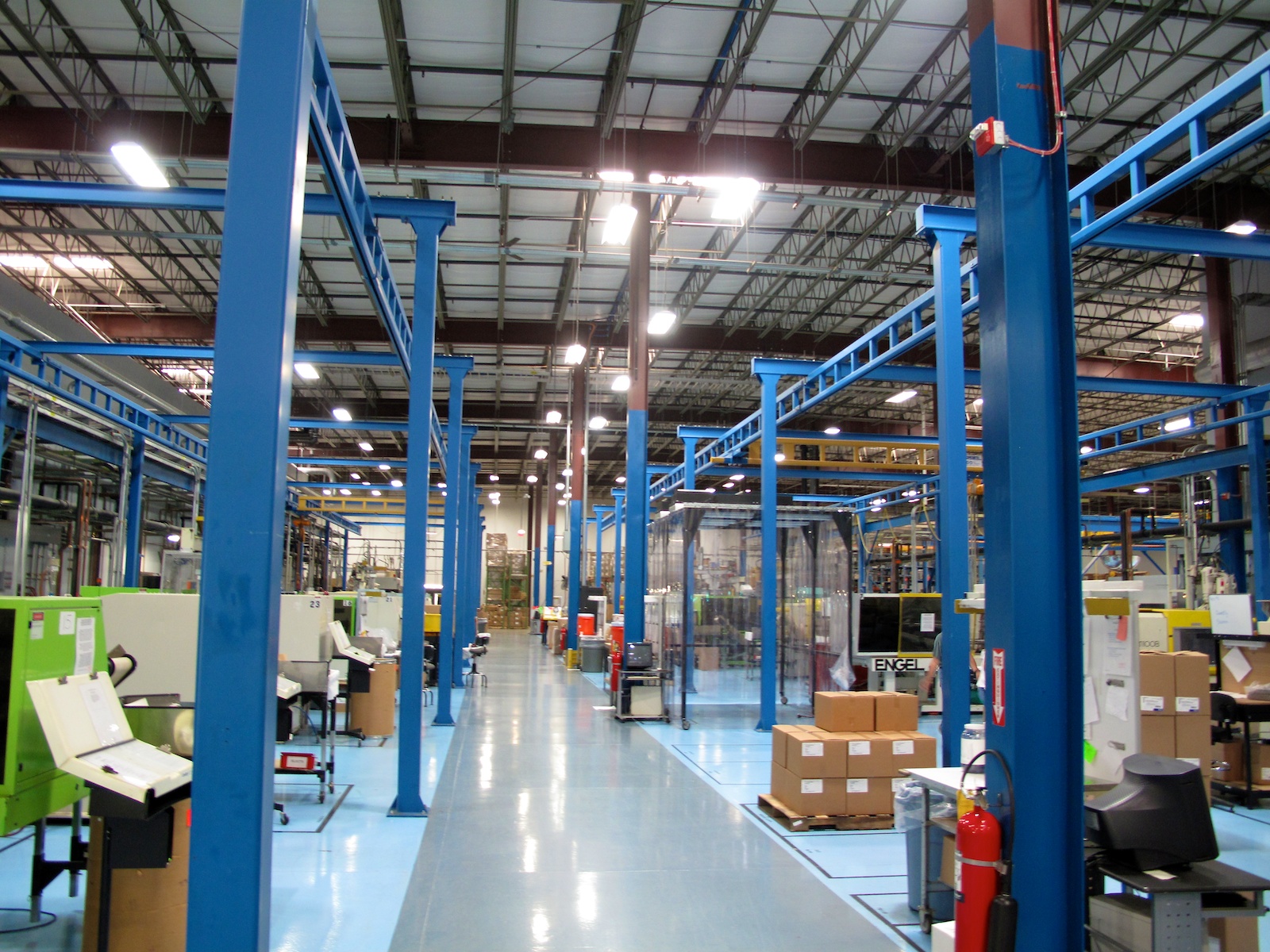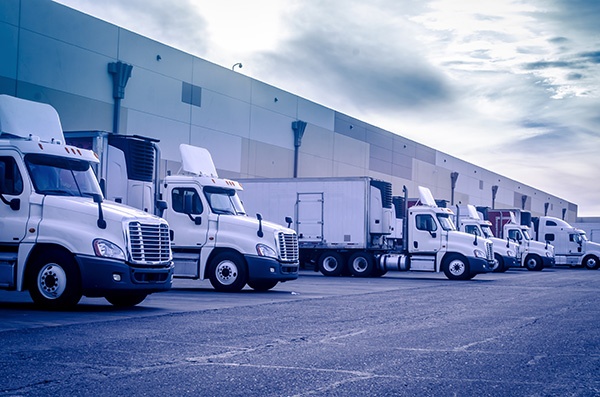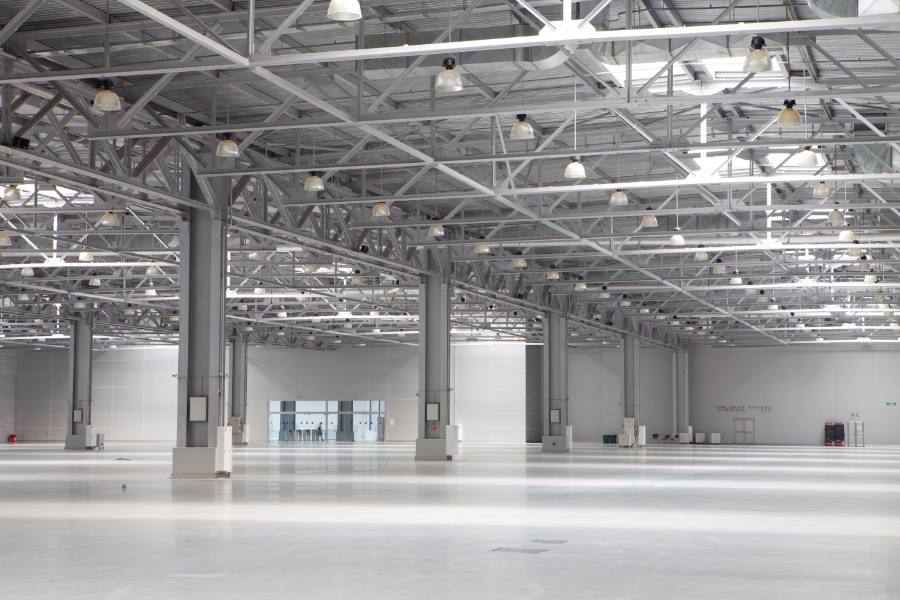As the nature of life with COVID continues to get clearer, one impact on the commercial real estate arena continues to come into deeper focus. Demand for industrial real estate, which is already increasing, will continue to grow in the months and years to come. Here are some of the demand drivers that we are tracking.
Space for People
While the impacts of the movement towards social distancing are focused on office workers, it will also impact industrial facilities. Non-mechanized workplaces like food production facilities and shipping areas of e-commerce warehouses have seen coronavirus transmission.

While masks and temperature checks can be helpful, increased social distancing will also reduce transmission. Doing this is going to require more space to produce at the same level moving forward.
Growing E-Commerce Demand
While retail will return -- at least to some extent -- after COVID-19 passes, it's also undeniable that more shopping now gets done online. More importantly, people that never shopped online have tried it and decided that they liked it. Many of them will keep doing it, and this means that demand for fulfillment -- both at the regional level and in the last mile -- will keep growing. Given the low vacancy in many areas, this demand will likely be met through extensive new construction.
The Reconsideration of "JIT"
The American supply chain largely operates on the principle of "just in time" delivery. Under this system, inventories are kept as thin as reasonably possible to reduce cost. If you've been at a Wal-Mart in the middle of the night, you have seen this in action -- trucks come in and immediately get unloaded right to the shelves of the store.

In normal times, just-in-time delivery works very well. However, when the system experiences a shock -- like coronavirus -- the lack of warehouses filled with extra stock can become problematic. While the lack of adequate stockpiles of medical and personal protective equipment cost lives, many of us were also impacted by less serious shortages -- like those affecting toilet paper, macaroni and cheese, and Nintendo Switch game consoles.
The solution to this problem is relatively simple. Companies can build more warehouses and fill them with stock. This movement means, obviously, that we need more of both.
On-shoring Production
In April 2020, NPR reported that the last American facility to manufacture ingredients for pharmaceuticals was built almost 30 years ago. Large portions of what we buy come from overseas. As with our just-in-time shipment system, this arrangement normally works well. That being said, increasing costs of shipping and of labor in some economies started an on-shoring movement before coronavirus. Now, with supply chains being interrupted in countries across the globe and with other governments imposing export restrictions on items like medical supplies and personal protective equipment, it's reasonable to expect that more US-based production facilities for crucial goods will be part of the post-COVID landscape.
What Your Business Can Do
Coronavirus is going to tighten the market for industrial space even further. While new construction will absorb this demand over time, in the near term, you're going to have to work harder to find space and it's going to be more important to hold onto the space that you have. If you're already in space that you like, have your tenant rep carefully review your lease to help you understand what you need to do to protect your rights under your options. On the other hand, if you're looking at new space, move quickly when you see good space come available and consider getting in line for new space being built in the future. Again, your tenant representative can help you identify what is available and what is likely to come on-line soon.








